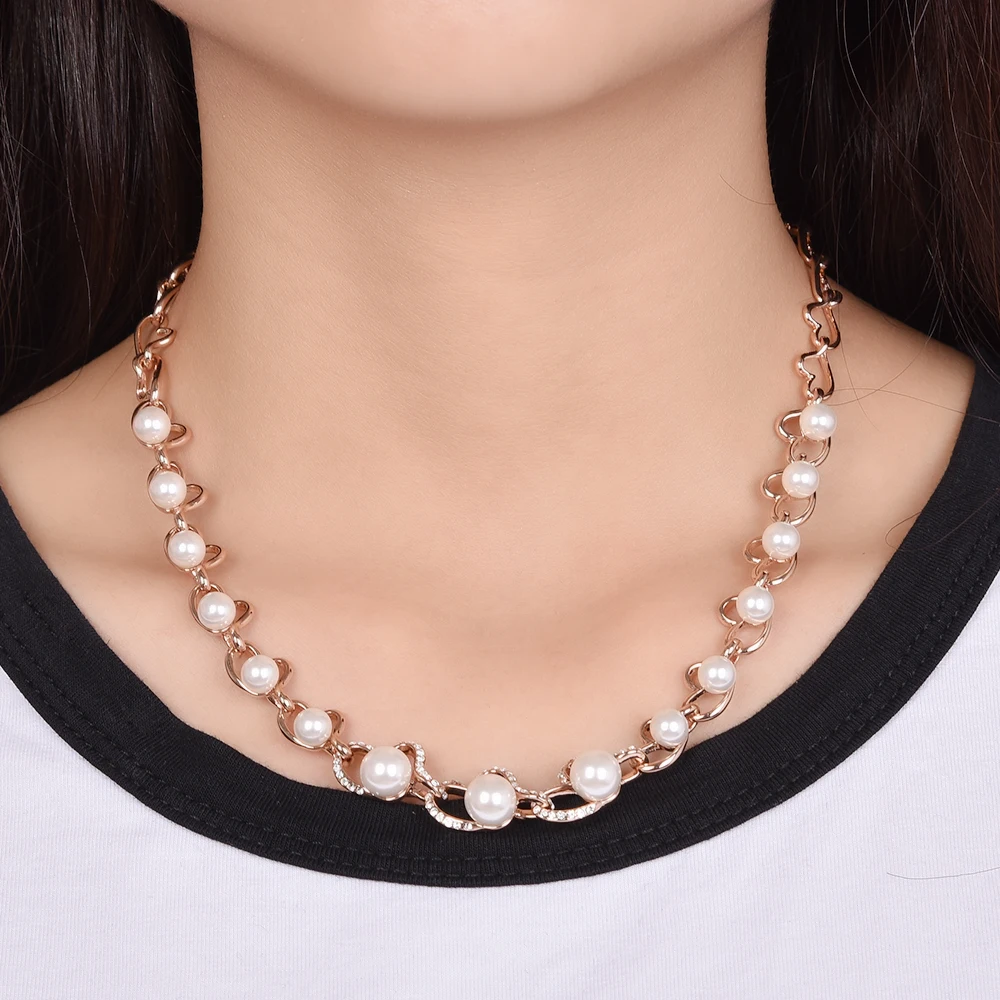The Crossroad of Trendy Accessories and Creativity
Jewelry fashion has always been a fascinating blend of self-expression and artistry. It transcends mere adornment, becoming a canvas for creativity that reflects the wearer's individuality and societal trends. This distinct category of jewelry not only enhances outfits but also tells stories, inspired by cultural movements, historical allusions, and artistic influences.
As we explore the intersection of fashion jewelry and art, we discover how jewelry designers utilize the principles of art to create pieces that are not just visually striking but also emotionally impactful. Each design stands as a statement, inviting us to reflect on its meaning and the skill behind it. In this dynamic world, both art and jewelry converge, celebrating beauty and innovation in ways that inspire and provoke thought.
The Artistic Evolution of Jewelry
Jewelry has consistently held a significant place in human culture, serving as both adornment and a means of expression. Historically, it has transitioned from basic utilitarian objects to intricate pieces of art that reflect the culture of their era. Early forms of jewelry were often made from natural materials such as seashells and minerals, symbolizing personal identity and status within a social group. As civilizations advanced, so too did the intricacy and craftsmanship involved in creating jewelry, mirroring the artistic movements and cultural shifts that emerged throughout history.
With the Renaissance came a revived focus in the arts and an surge of creativity, leading to jewelry design evolving into a careful craft. Jewelers began to incorporate gemstones and precious metals, treating these materials as a canvas for their artistic expression. The designs became elaborate, frequently intertwining themes of the natural world, mythology and human emotion. This period saw jewelry transformed from mere ornamentation to a form of narrative, allowing wearers to convey deeper messages about their beliefs and aspirations.
The 20th century marked a dramatic shift in the artistic interpretation of jewelry, aligning with the rise of modern art movements. Drawing inspiration from Cubism, Surrealism, and other avant-garde styles, designers began to prioritize innovative forms and abstract designs over traditional aesthetics. Jewelry became a medium for artists to explore their creativity, challenging traditional definitions and inviting wearers to engage with their pieces on a more conceptual level. This development illustrates how fashion jewelry serves not just as an accessory but as an everlasting form of artistic dialogue that connects people across eras and cultures.
Fashion Trends and The Creative Impact
Fashion jewelry is intrinsically tied to the trends of its time, frequently reflecting the social and societal currents that shape our society. As designers draw inspiration from various artistic movements, we see items that embody the spirit of styles such as minimalism, eclectic, or even modern abstract art. This crossroad creates jewelry that not only functions as an ornament but also tells a narrative, inviting wearers to engage with a wider artistic conversation.
Modern fashion jewelry frequently showcases vibrant colors, detailed designs, and distinctive materials that push the boundaries of traditional craftsmanship. Artistic collaborations between fashion designers and visual artists have increased, with many pieces resembling small sculptures or portable art. This development allows for a personal expression that aligns with modern fashion sentiments while challenging conventional notions of beauty and adornment.
As consumers become more selective in their preferences, the appetite for distinctive and significant items grows. Fashion jewelry, influenced by artistic trends, caters to this demand, offering designs that resonate with individual expression. These items often serve as a mirror of personal identity, celebrating diversity and creativity, and elevating everyday jewelry into an enhanced art expression.
The Role of Jewelry in Artistic Expression
Ornaments has long surpassed its function as mere adornment, evolving into a potent medium for artistic expression. Artisans and designers use materials such as metals, precious stones, and unconventional substances to create pieces that convey emotions, cultural narratives, and personal statements. This shift of jewelry into an art form enables the wearer to connect with a more profound aesthetic and cultural dialogue, allowing the individual to express their identity and values through what they choose to adorn themselves with.
The creativity involved in trendy jewelry often mirrors broader art movements, combining trends with fresh techniques to create standout pieces. Designers draw upon various artistic disciplines, including visual arts, 3D art, and textile arts, utilizing unique motifs, textures, and color palettes that resonate with contemporary themes. As a consequence, each jewelry piece can serve as a conversation starter, bridging the gap between styling and fine art while at the same time promoting the relevance of jewelry as an artistic medium.

Moreover, the intersection of jewelry and art encourages collaborations between jewelers and artists, which result in a vibrant fusion of styles and ideas. These partnerships allow for the search of new materials and novel designs, igniting fresh perspectives in the jewelry market. As fashion jewelry continues to change, its role in artistic expression remains a testament to the creativity and ingenuity that embody the essence of both fashion and art.